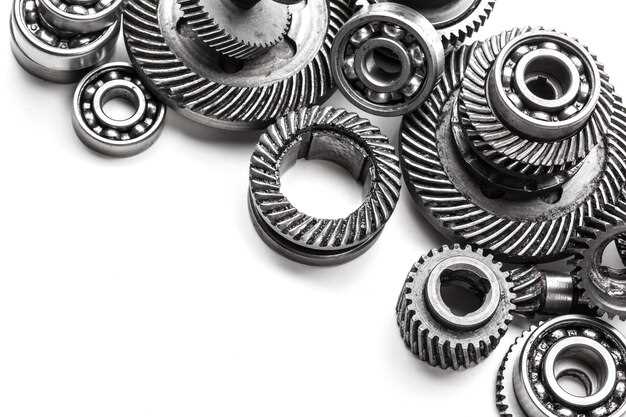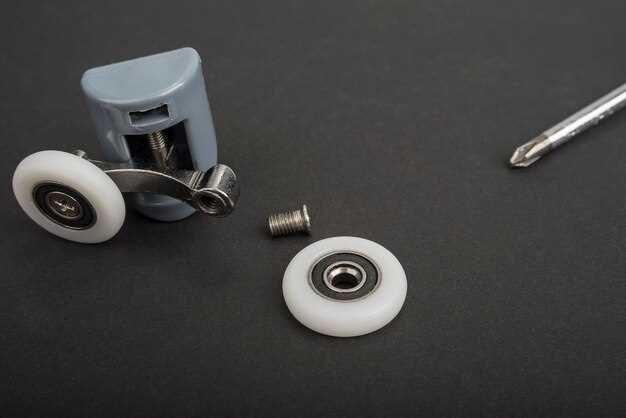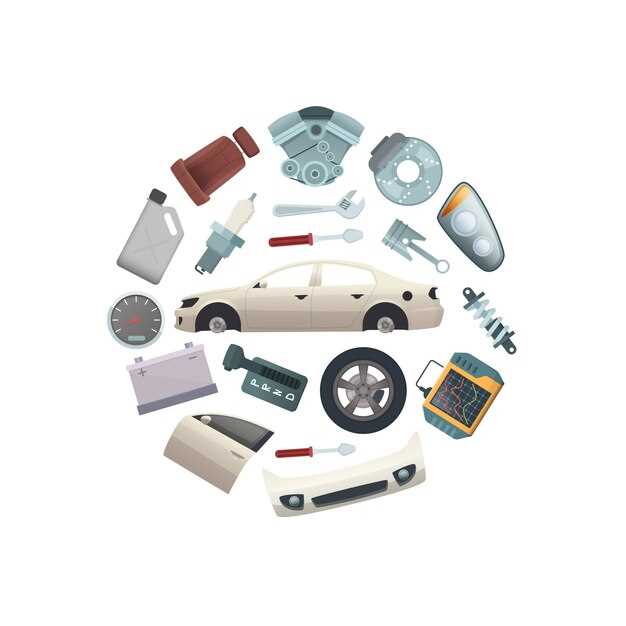
The lifespan of various mechanical and electronic devices is often dictated by the quality and durability of their components. Regular maintenance and timely replacement of common parts can significantly enhance the overall functionality and efficiency of these systems. Without attention to these elements, users may experience premature failures and a decrease in performance.
In numerous applications, from household appliances to automotive systems, certain parts are known to wear out more quickly than others. Understanding which components require regular attention is essential for ensuring longevity and reliability. This proactive approach not only saves money on costly repairs but also minimizes the risk of sudden breakdowns.
By identifying and addressing these common parts, individuals can maintain their equipment at optimal levels, leading to improved safety and a better user experience. In this article, we will explore the various components that often need replacement, providing insights into their significance and tips for effective maintenance.
Understanding the Lifespan of Vehicle Brake Pads

Brake pads are common parts of any vehicle’s braking system, designed to create friction against the rotors and slow down the wheels. Their lifespan can vary significantly based on multiple factors, such as driving habits, the type of vehicle, and the environment in which the vehicle is operated. Typically, brake pads can last anywhere from 30,000 to 70,000 miles, but regular inspection is crucial.
One key factor affecting brake pad longevity is driving style. Frequent hard braking, aggressive acceleration, and stop-and-go traffic can accelerate wear. Conversely, a smoother driving style tends to prolong the lifespan of brake pads. Additionally, the type of brake pads used also influences how often they need to be replaced. There are various types available, including organic, semi-metallic, and ceramic pads, each with its advantages and disadvantages concerning durability and performance.
Environmental conditions play a significant role as well. Vehicles driven in hilly areas or extreme weather conditions may experience quicker wear on brake pads compared to those used mainly on flat roads. Regular maintenance, including brake checks and timely replacement, is essential to ensure optimal performance and safety. Being aware of the signs of brake pad wear, such as squeaking or grinding noises, can help drivers determine when replacement is necessary.
In summary, understanding the lifespan of vehicle brake pads is crucial for maintaining the safety and efficiency of a vehicle. Regular monitoring and timely replacement of these common parts can ensure better performance and extend the overall life of the braking system.
When to Replace Household Air Filters for Optimal Performance

Regular maintenance of household air filters is essential for ensuring optimal performance and air quality. Properly functioning air filters are one of the common parts of HVAC systems that require attention. Below are guidelines on when to replace air filters:
- Type of Filter: Different types of filters have varying lifespans. For example:
- Fiberglass filters typically last 30 days.
- HEPA filters can last up to 6 months.
- Electrostatic filters may require replacement every 3 months.
- Usage Frequency: If your HVAC system runs frequently–such as in extreme weather conditions–filters may need more regular replacement.
- Allergies or Asthma: If household members suffer from allergies or asthma, consider changing air filters every month to maintain clean air.
- Dust Accumulation: Check filters regularly for visible dirt and debris. If the filter appears dirty, it’s time to replace it regardless of the date.
In summary, replacing household air filters is crucial for maintaining air quality and HVAC efficiency. Regular checks will help identify when these common parts need replacement, ensuring optimal system performance.
Identifying the Signs of Worn-Out Tires and Their Replacement Timeline
Tires are one of the most critical components of vehicle safety, and recognizing the signs of wear is essential for maintaining optimal performance. Common indicators of worn-out tires include reduced tread depth, visible cracks, and sidewall bulges. Tread depth can be assessed using a tread depth gauge or the penny test; if the tread is less than 2/32 of an inch, it is time for replacement. Signs of cracking often appear due to age or exposure to environmental factors, which can compromise the tire’s integrity.
The lifespan of tires typically ranges from 25,000 to 50,000 miles, depending on driving habits, road conditions, and tire maintenance. However, even if tires appear to have sufficient tread, they may still need to be replaced after six to ten years from the date of manufacture. Checking the manufacturing date, often found on the sidewall, allows drivers to determine whether their tires are nearing the end of their functional lifespan.
Regularly inspecting tires for signs of uneven wear is crucial. This can indicate alignment issues or improper inflation. If a tire shows more wear on one side than the other, it may not only reduce the tire’s lifespan but also affect vehicle handling. Drivers should also be aware of vibrations or noise while driving, as these can signal internal damage or insufficient tire pressure.
Adhering to a replacement timeline based on these indicators can significantly enhance safety and performance. Scheduling regular tire rotations and alignments can help extend the lifespan of tires, ensuring that they wear evenly and last longer. Ultimately, being proactive about tire maintenance and replacement not only improves vehicle safety but also contributes to overall driving comfort.




